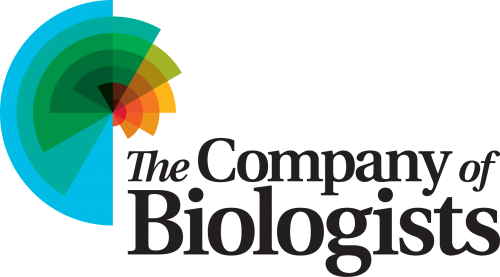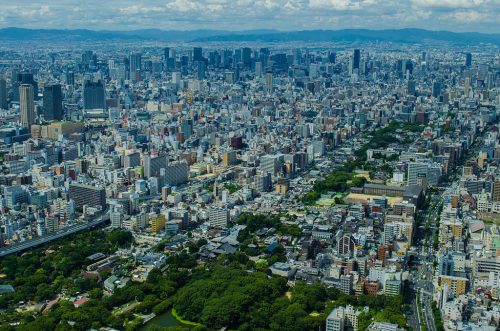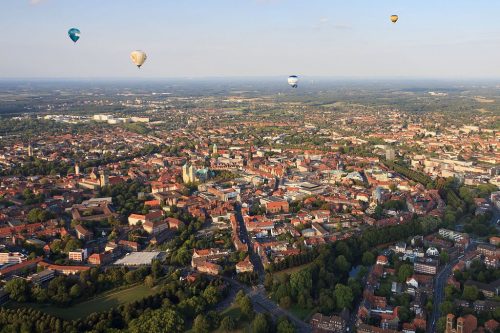A Place where ECM biology and lymphangiogenesis flow together
Posted by NanamiMorooka, on 9 January 2017
 This is the latest dispatch from a recipient of a Company of Biologists Travelling Fellowship.
This is the latest dispatch from a recipient of a Company of Biologists Travelling Fellowship.
Learn more about the scheme, including how to apply, here, and read more stories from the Fellows here.
Nanami Morooka

It was spring in 2015 when I first met Dr. Stefan Schulte-Merker in Osaka, Japan. There, it became apparent that both of our laboratories had been interested in same gene and analyzed mutant mice and fish, which develop lymphedema as a consequence of lymphatic defects. Our group have long been interested in extra cellular matrix (ECM) biochemistry. We recently tried to screen functionally unknown ECM proteins and investigated their function using mutant mice. On the other hand, Stefan’s group has studied lymphatic vascular development, and screened novel lymphangiogenic factor using fish. We both took totally different approach at first, but finally reached same gene. In the meeting, we exchanged data and had a great discussion. However, the time was so limited that we could not have enough time for discussion. From then, I hoped to collaborate with Stefan, and fortunately I got a chance to visit to Stefan’s lab by successfully applying for a Company of Biologists Travelling Fellowship.

In 2016 April, I went to Münster in Germany. Münster is a beautiful city that has a lot of historical place and nature side by side. If you walk a little from city center, you can go to a lake Aasee and enjoy winds of nature. Every Wednesday and Saturday, an open-air market is held in front of Dome, and it soon became my favorite thing. Everyday, after having delicious bread and cheese for breakfast, I went to Stefan’s lab.
The main purpose of my stay was learning how to observe whole mouse embryo staining using ultramicroscopy technique (thanks to cooperation with Dr. Kiefer ). I also learned zebrafish experiments so I could learn merits using fish. During these experiments, I could share detailed practical information, which I could not get from research articles. Furthermore, we had several meetings. It was really important for me, because I could share ideas with vascular biologists. They provided me a lot of advice that I never thought about it. At the same time, I could return my opinions as an ECM biologist, which brings me to realize what is my strength point and what I have to study more. Now I think I can understand my research better than before.
“During these experiments, I could share detailed practical information, which I could not get from research articles. Furthermore, we had several meetings. It was really important for me, because I could share ideas”
I would like to thank Stefan and lab members for their hospitality. They always talked to me friendly and asked me to lunch. Many of them gave their time for me to teach experiments and to have meetings. Stefan kindly showed me around town. He took me to café several times so that we could talk not only about science itself but also about scientific things, like career or the system of scientific research in Germany. It helps me to think about my future as a scientist. After visiting to Stefan’s lab, I re-boost up my motivation in research, and I came up with new ideas. This collaboration was really profitable. I do not doubt that it will improve lymphatic vascular research.


 (2 votes)
(2 votes)